SERVICES
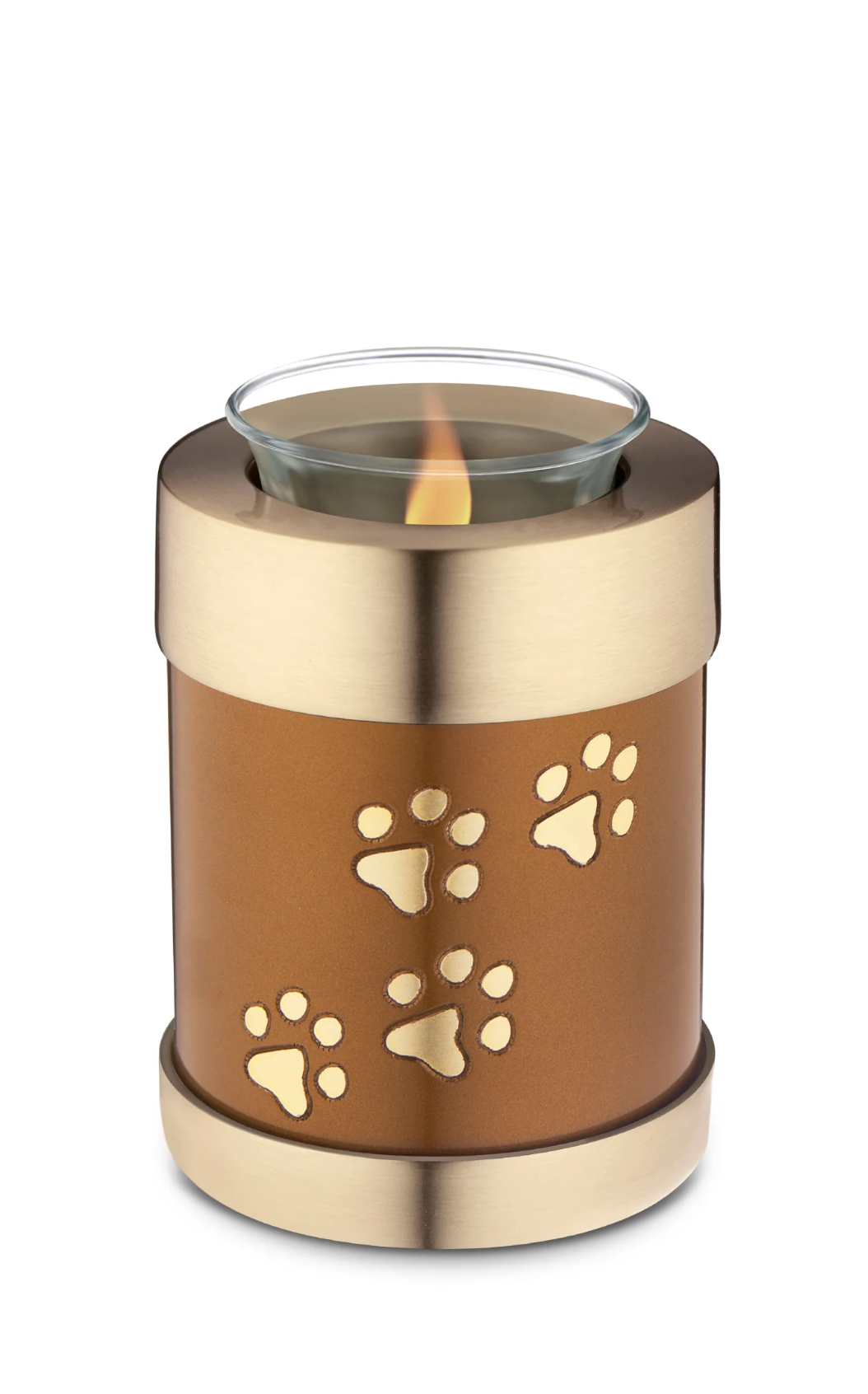
CREMATION
When choosing an animal cremation provider, it's essential to trust in their commitment to care and integrity. At Bluebonnet Animal Preservation, we prioritize your peace of mind, ensuring every step of our process is handled with the utmost respect and professionalism.
Here’s how our pet cremation process works:
Receiving Your Pet
Once your pet is entrusted to us, we carefully document their arrival and assign a unique ID tag to ensure accurate tracking throughout the process.
Preparation
We thoroughly inspect the cremation chamber to guarantee cleanliness and readiness.
Cremation Process
The cremation process begins, lasting approximately 4 hours at a temperature of 1650 degrees Fahrenheit. After cremation, the remains are allowed to cool naturally to preserve their integrity. The cremated remains are then processed to ensure a uniform appearance and texture.
Packaging
The remains are securely placed in a heavy-duty sealed bag, then placed in the selected urn.
Finalization
Once complete, the cremains are ready to be returned to you.
Our commitment to these procedures ensures that you receive your pet's cremains with confidence, knowing they have been cared for with the highest level of attention and integrity.
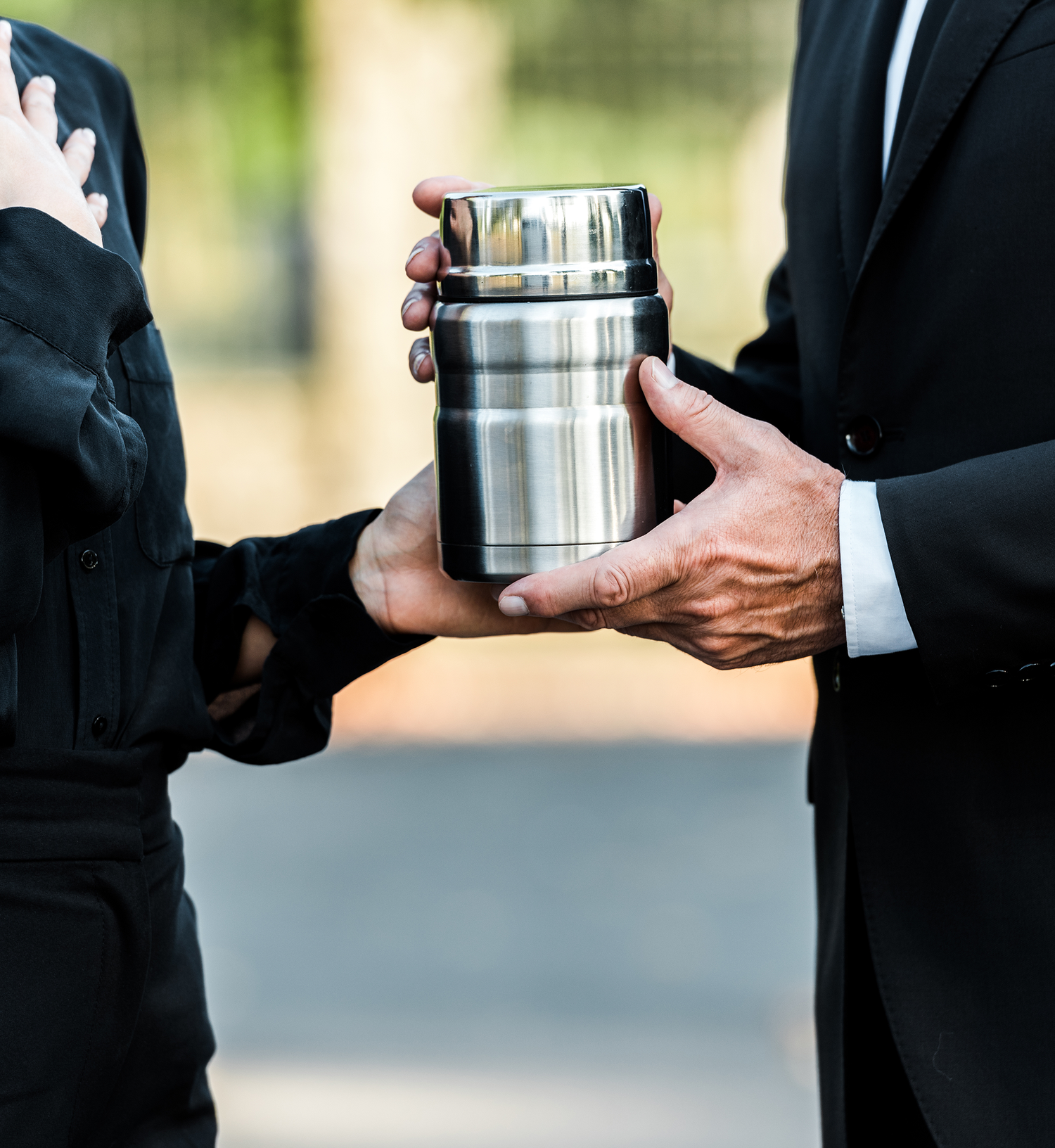
CREMATION OPTIONS
Private Cremation
Your pet is cremated individually, and the ashes returned to you are solely from your pet.
Communal Cremation
Multiple pets are cremated together without any separation.
CREMATION FAQ
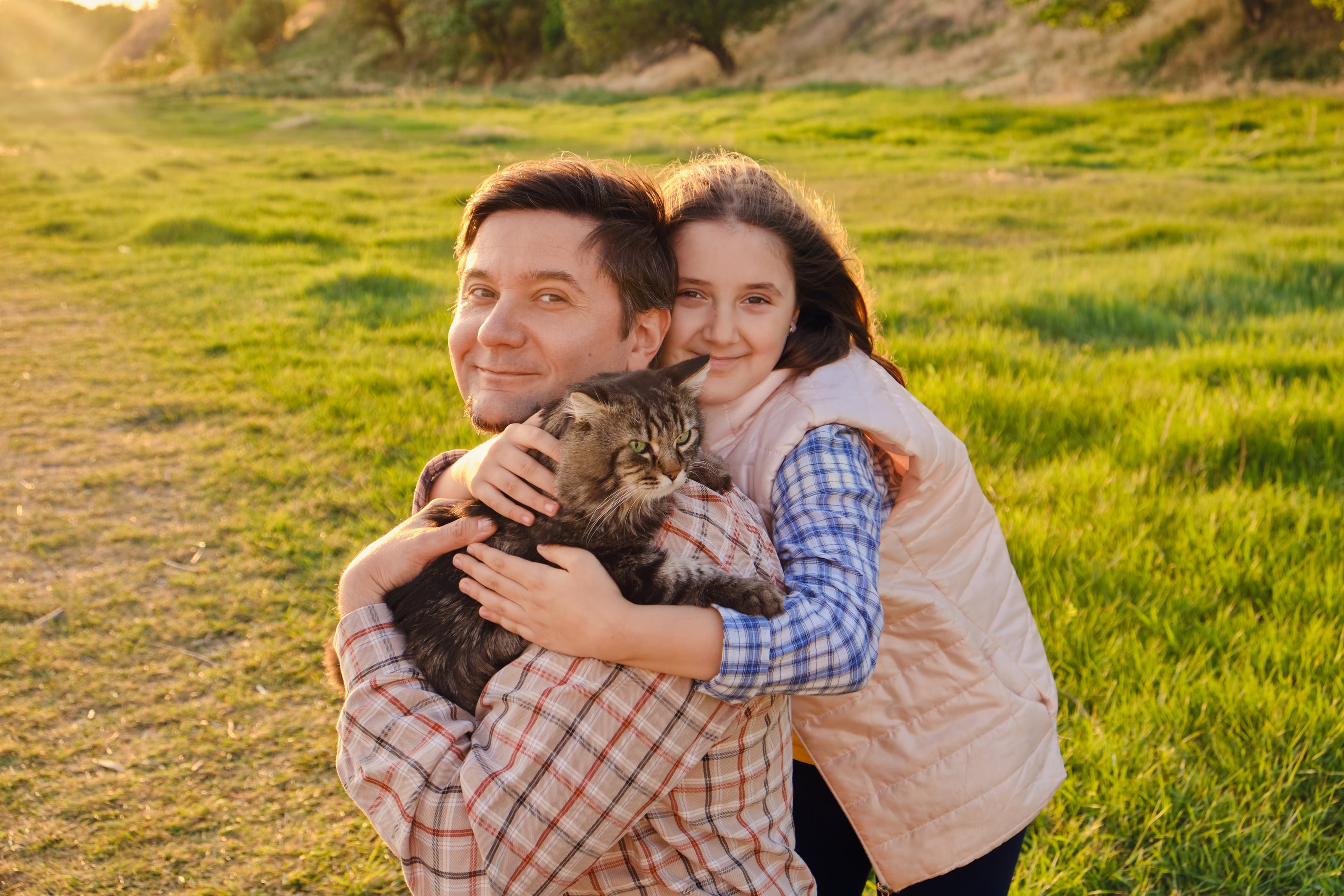
What should I do to prepare my pet for cremation?
If your pet has passed away at home, it’s important to keep the body cool until you can arrange for cremation. Place your pet’s body in a cool, dry place, ideally wrapped in a blanket or placed in a box. If possible, refrigerate the body or use ice packs to slow decomposition. Contact your chosen cremation service as soon as possible to make arrangements. They will guide you on the next steps, which may include transporting your pet to their facility.
What can I do with my pet’s ashes after cremation?
There are many meaningful ways to honor your pet’s memory with their ashes. You can choose to keep the ashes in a decorative urn at home, scatter them in a place that was special to your pet, or even have the ashes incorporated into jewelry or artwork. Some people opt to bury the ashes in a pet cemetery. The choice depends on your personal preference and what feels most meaningful to you.
Is cremation done locally?
Yes, our cremation facility is in Athens, TX.
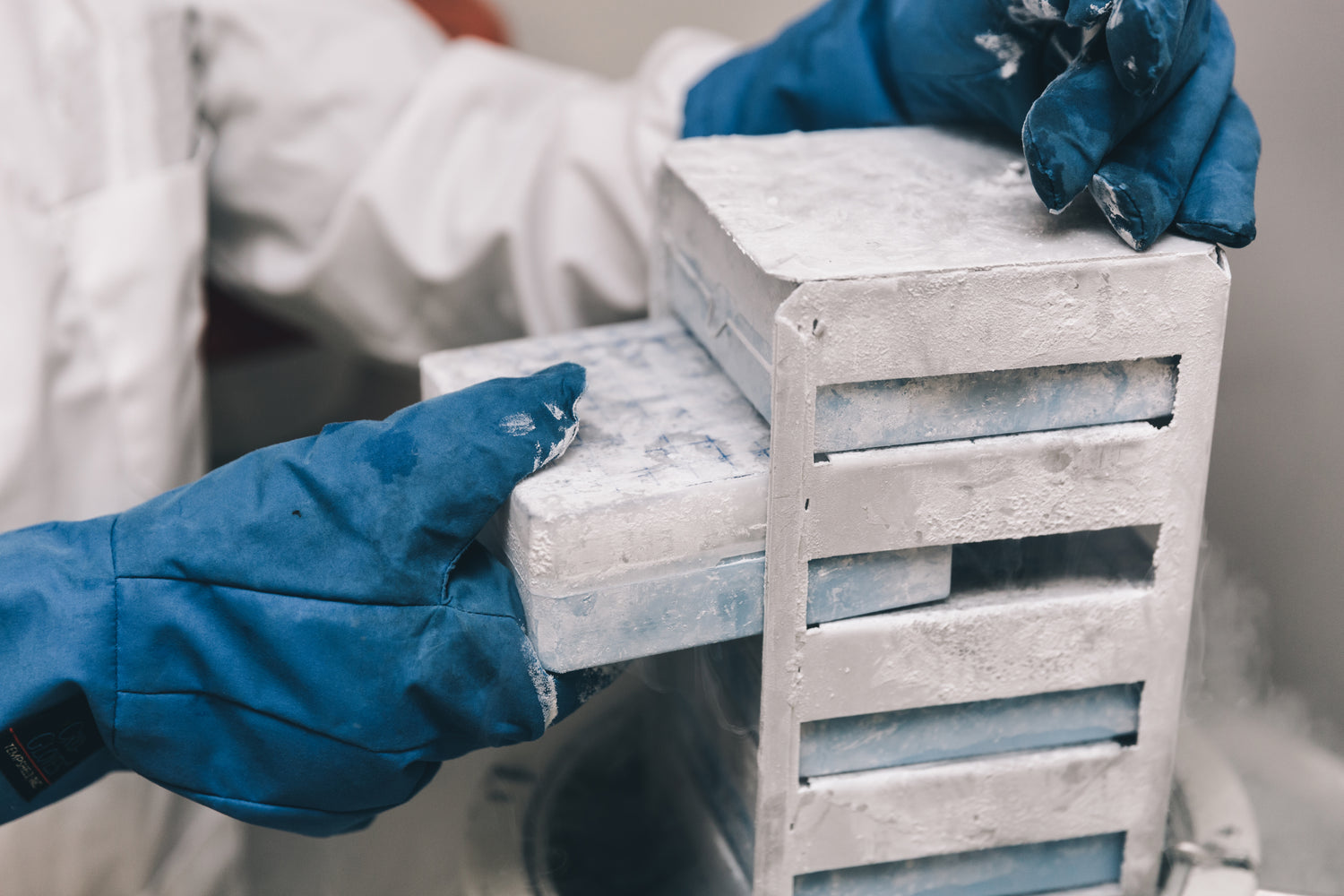
FREEZE-DRY
Freeze-drying is a meticulous preservation method that removes all moisture from an animal's body tissues, keeping them virtually intact. This process involves subjecting the tissues to extremely low temperatures and applying a vacuum over an extended period, effectively drying out the tissues and protecting them from decay. The result is a preserved pet that remains in as natural a state as possible, retaining all their natural features for an incredibly lifelike appearance.
Here’s how our freeze-drying process works:
Initial Assessment
Once we receive your pet, we assess the size and condition to determine the specific freeze-drying approach needed.
Preparation
The pet is carefully prepared for the freeze-drying process, ensuring that all natural features are preserved.
Freeze-Drying
The pet is placed in a specialized freeze-drying chamber. This process involves gradually lowering the temperature and applying a vacuum to remove moisture from the tissues.
Monitoring
Throughout the process, we closely monitor the animal to ensure the best possible preservation results.
Completion
The freeze-drying process is lengthy, often taking between 3-4 months for smaller pets like cats or small dogs, and up to 12 months or more for larger animals.
Final Inspection
Once the freeze-drying is complete, we conduct a thorough inspection to ensure that your pet's appearance is as natural and lifelike as possible.
While this is a lengthy process, it is necessary to ensure that your pet is preserved with the highest level of accuracy and detail, allowing you to remember them in the most natural and lifelike way possible.
FREEZE-DRY FAQ
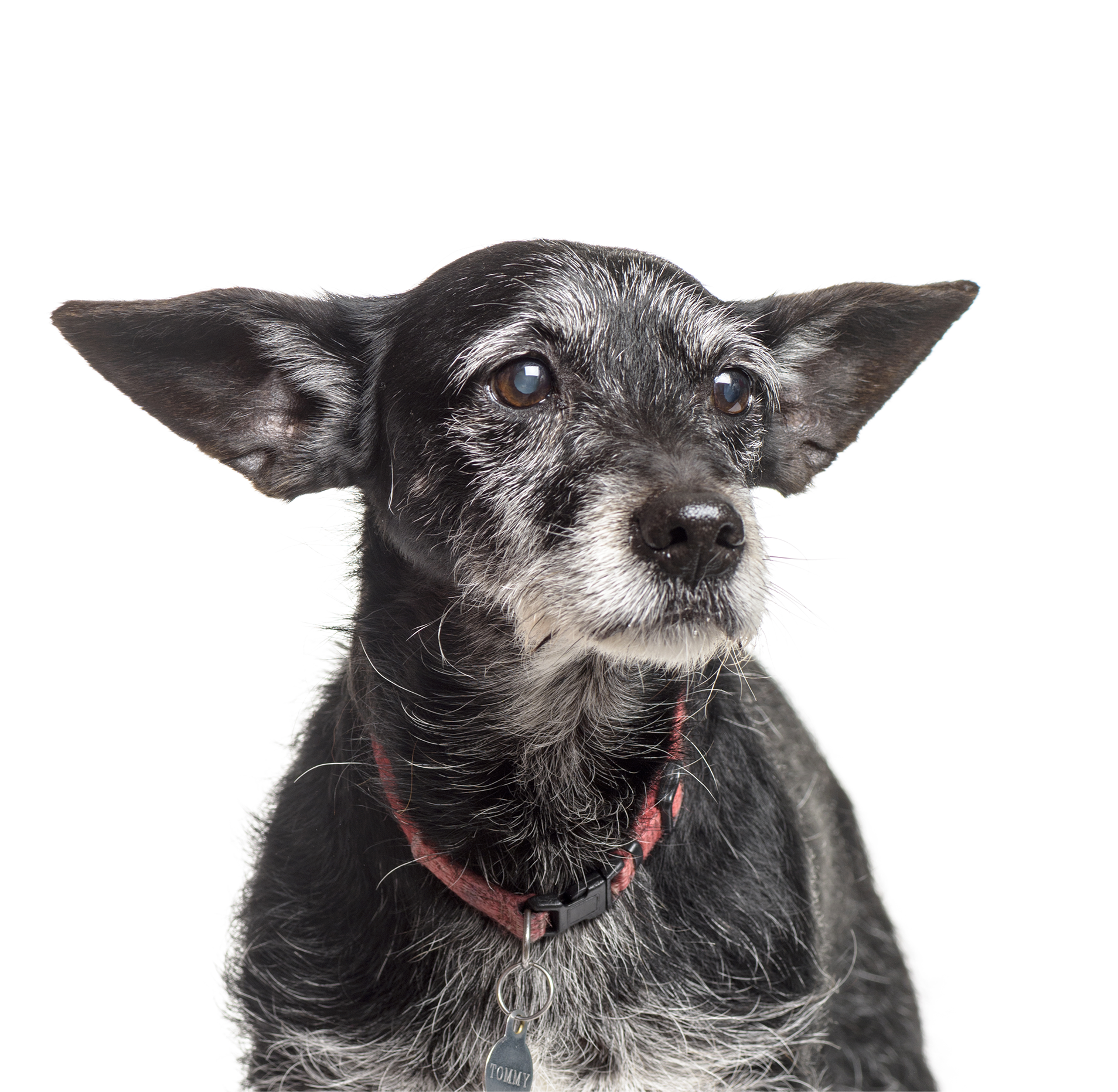
Will my pet/animal look the same after freeze-drying?
Yes, one of the key advantages of freeze-drying is that it preserves the animal in a lifelike state, maintaining its natural appearance. The process carefully preserves the animal’s features, such as fur, feathers, or skin, and retains its original shape. However, it’s important to remember that freeze-drying is a preservation process, so while the animal will look very similar to how it did in life, there may be slight differences due to the removal of moisture.
What types of animals can be freeze-dried?
Almost any type of animal can be freeze-dried. Commonly freeze-dried pets include dogs, cats, birds, reptiles, rabbits, and small mammals like hamsters or guinea pigs. In the case of trophy hunts, animals such as deer, fish, or even large game animals can be preserved through this method. The key is to start the preservation process as soon as possible after the animal has passed to ensure the best results.
How should I prepare my pet or trophy for freeze-drying?
To prepare your pet or trophy for freeze-drying, it’s crucial to keep the animal cool or frozen as soon as possible after death. For pets, place them in a freezer bag and keep them in a freezer until you can bring them in for freeze-drying. If the animal is large, such as in the case of a trophy hunt, freezing might require a larger freezer or temporary cold storage. Avoid any physical damage to the body, and if possible, avoid thawing once the animal has been frozen. It’s best to consult with the freeze-drying service provider for specific preparation instructions.